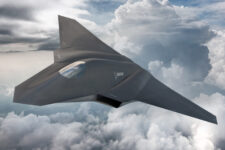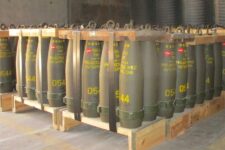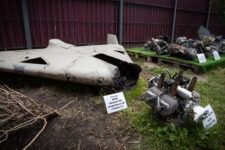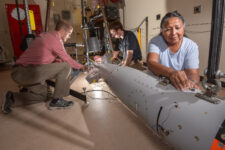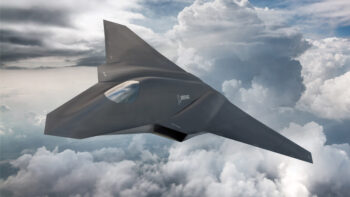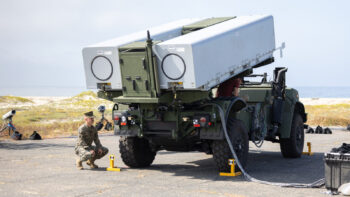WASHINGTON: China announced over the weekend that it would go ahead with its long-planned launch of its Shenzhou 10 spacecraft in early June 2013, which in and of itself isn’t big news. But it serves to remind the U.S. and Russia and India and all of its neighbors that China continues to press ahead with its ambitious manned and military space program.
I spoke with Dean Cheng, one of America’s top experts on the Chinese military and its space program, this morning before doing an extended session on the subject with my colleagues at Huff Post Live. Cheng outlined the current state of the Chinese program.
China issued its latest five year plan for space at the very end of 2011. On the national security side, the Peoples Republic of China pledged to build a “high resolution, multispectral Earth constellation,” known to ordinary mortals as a bunch of spy satellites.
On the sort of civil side (all space programs are run and funded by the Peoples Liberation Army), China committed to “one or two more space labs to lay the foundations for a Chinese space station of around 60 tons by 2020,” Cheng said. And they will begin studies ” that will eventually lead to a manned moon mission” between 2026 and 2030.
None of this will change, Cheng believes, because it is in the five year plan. “This commits the Chinese no matter how the leadership battle shakes out,” he said, noting that the leadership transition should be complete in the next few days.
In terms of science, Cheng sounded distinctly unimpressed with the Chinese focus: “The Chinese are talking a little bit about science exploration, but not much.” Instead, the Chinese Communist Party is focused mostly on manned missions, which Cheng argues are seen by the leadership as indicators of comprehensive national power.
Do we know how much the Chinese plan to spend on either military space or on space exploration? Um, not so much. Cheng said the respected Marcia Smith, formerly the Congressional Research Service’s expert on space and now the editor of SpacePolicyOnline.com, came out with an estimate of $2 billion dollars — but that estimate came out 15 years ago. No one, he said, has tried to do it since because China releases so little information that it’s really not worth trying to piece it together.
One of the main areas that money is pouring into are new launch facilities on Hainan Island, the southernmost part of China. As devotees of orbital mechanics know this gives you a bit more lift thanks to the old spinning globe. It also means the Chinese are no longer launching over densely inhabited land areas, which means the chances of killing people is lower should rockets malfunction. And China is buying a brand new launch vehicle, the Long March 5. Launching from Hainan Island means that large rockets can be moved by sea. Why does that matter? The size of Chinese rockets is currently limited by the size of rail tunnels ad the curve of railway lines.
Boil all this down and the answer to our headline above would seem to be that China is pursuing a vigorous space program with some of the same vigor as America did in for 30 years, before we decided to drop manned exploration. But there’s a great deal we don’t know. Much of the military space development is almost unknown to China’s rivals and neighbors. And China almost never discusses its intent when questioned by other countries. So we just don’t know.
China ‘could beat us to the punch’ to a 6th-gen fighter, Air Force official warns
“It’s fair to say we pay a lot of attention to what the Chinese are doing. And so, not everything that becomes public is a shock,” Andrew Hunter said when asked about new images of purported Chinese fighters. “But having said that, their pace is incredibly fast.”
